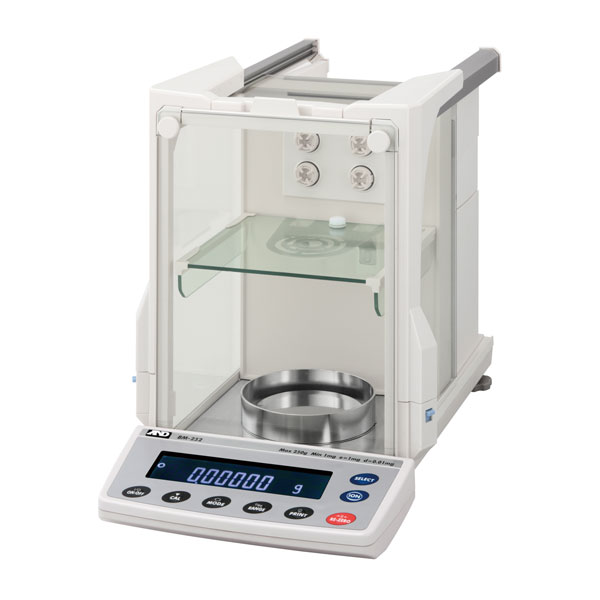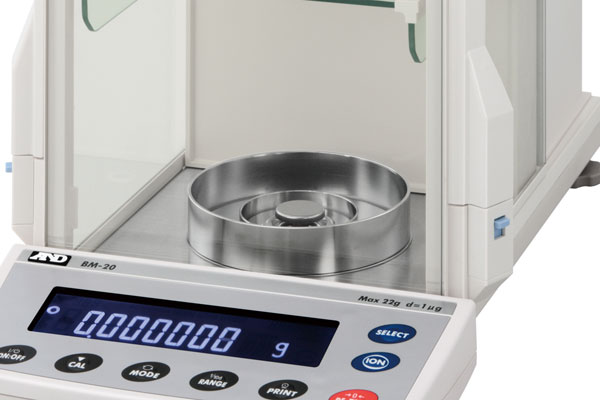Description
Built-in patented fanless ioniser
Simply hold the sample in front of the ioniser for a second or two to make sure that it is free of static before starting measurement
Direct-current (DC) method
The ioniser of the BM series doesn’t use a fan to deliver ions and thus causes no breeze, which allows for neutralisation of even extremely fine powders without disturbance
Long life and high maintainability
The discharge electrode pins of the ioniser can be used continuously for approx. 10,000 hours. Each pin also has a protector for safe cleaning or replacement
Motor-driven internal calibration weight
All the models in the BM series are equipped with an internal calibration weight, which allows for any user to make certain that the balance always stays accurate and precise without any hassles
One touch calibration
You can perform calibration (sensitivity adjustment) quickly and correctly any time with just one key press. For the 0.001 mg readability models, it can also be useful for a simple check of the environmental conditions at the time
Automatic self calibration
The balance can be set to start calibration automatically when it detects a change in ambient temperature to prevent errors due to sensitivity drift
Calibration test report
For daily accuracy checks and documentation, the balance is capable of testing for errors (without making any sensitivity adjustment) using its internal calibration weight, and outputting the result
Internal weight value correction
In cases such as where the internal weight value varied over time, it can be corrected using an external weight that you have as a reference
Automatic repeatability test
It is possible to have the balance measure the mass of its internal calibration weight 10 times and calculate the standard deviation to show repeatability under the given environment. This can also be easily included in your balance management SOPs for daily precision check
Automatic response characteristics adjustment
The BM series automatically selects and sets the optimal combination of weighing speed and stability (FAST, MID or SLOW) by analysing the influence of external disturbances such as drafts and vibrations on the stability of the display value at the location. Alternatively, the setting can be configured manually.


